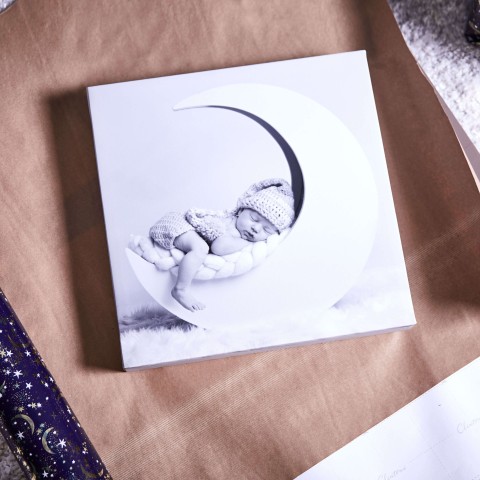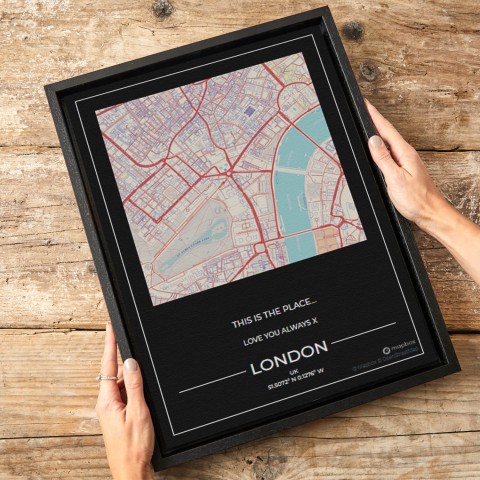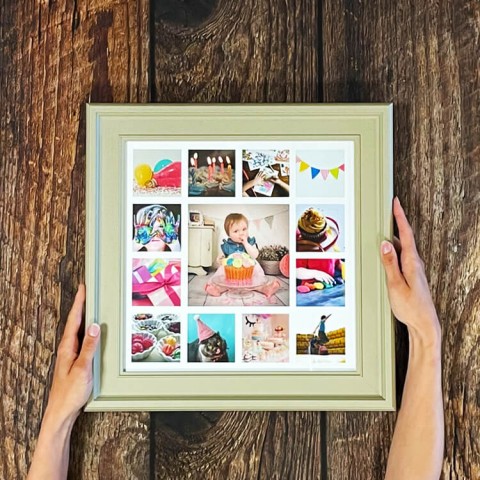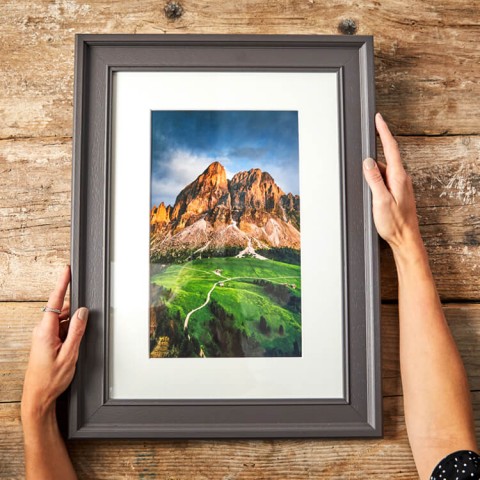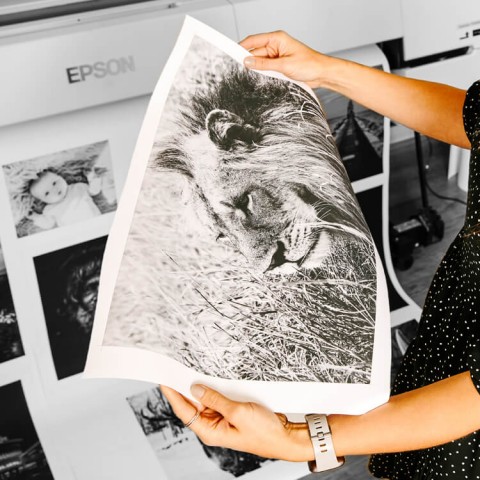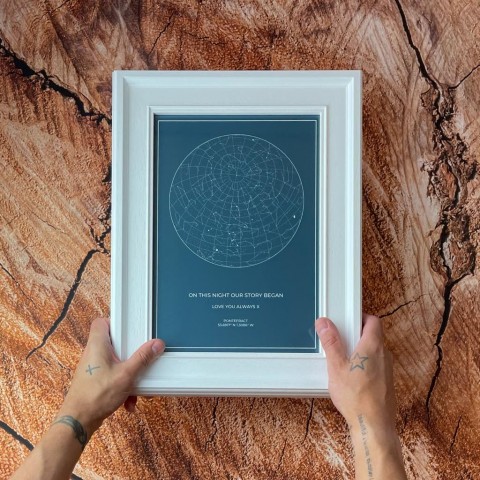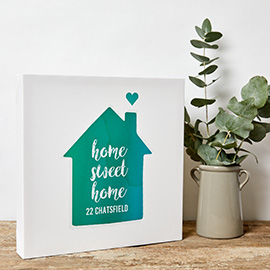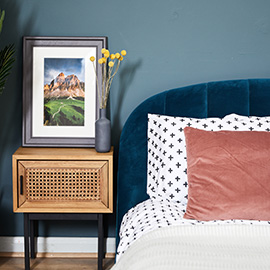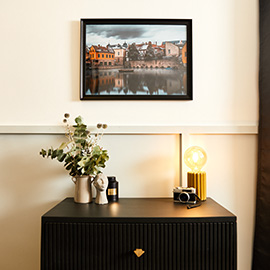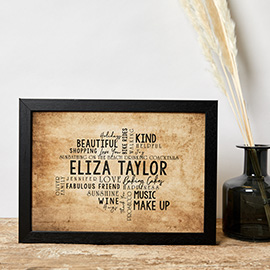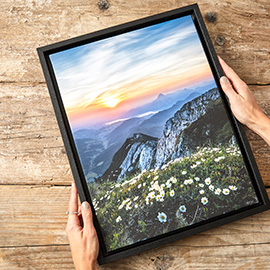Harnessing Emotions In Photography Projects
The best images invoke an emotional response from the viewer, but how do you deliberately shoot to harness emotions in photography? What tools does the photographer have available that allows you to convey a particular emotion?
Let’s take a look at some of the tricks you can employ to make your images more powerful and emotive.
The power of emotions
As emotional creatures, humans are hardwired to respond to strong displays of emotion, which is something artists have always played on… including the master photographers.
You may think that this tool is limited to images of people, but you can work on creating a strong emotional response in all genres of photography: a breathtaking landscape, a surreal abstract image, wild animals and pets – a skilled photographer can learn how to invoke emotion anywhere.
Using colour or mono
The palette we use for our images has a huge influence over the emotions we convey – for example, a soft pastel colour scheme can make an image feel dreamy, whereas a black and white shot with very strong contrast will feel much darker and more serious.
Certain colours are often associated with moods too – blues for cold and sad feelings, and reds for vibrant, angry or strong outbursts of emotion, for example.
Using natural or artificial light
It’s no exaggeration to say that light is the biggest influence on the mood of an image, so understanding how to use it will make a big difference to your ability to effectively harness emotions in photography.
Essentially, the more light there is in a shot, the lighter the mood, but also think about the colour of the light (warm evening light will feel comforting, whereas cold, harsh winter light is usually associated with low moods) and the direction it comes from.
The direction of the light source is crucial too. For example, you can create a terrifying portrait by using hard artificial lights from right above or directly below the subject – in fact, any extreme-angled hard light source will make for quite a strong emotional portrait.
Composition
Of course, one of the most powerful tools at the photographer's disposal is composition, through which you can tell whatever story you wish.
If you’re struggling to create an image with the emotional impact you desire, try changing the camera angle a little – it’s amazing how much a slightly different position can alter the mood, so think about how the viewer will see the image before shooting.
So if you want to create emotive pieces that have a tangible impact on how your viewers feel, start practising some of these tips and you’ll soon be a master at the art of expressing emotions in photography.


